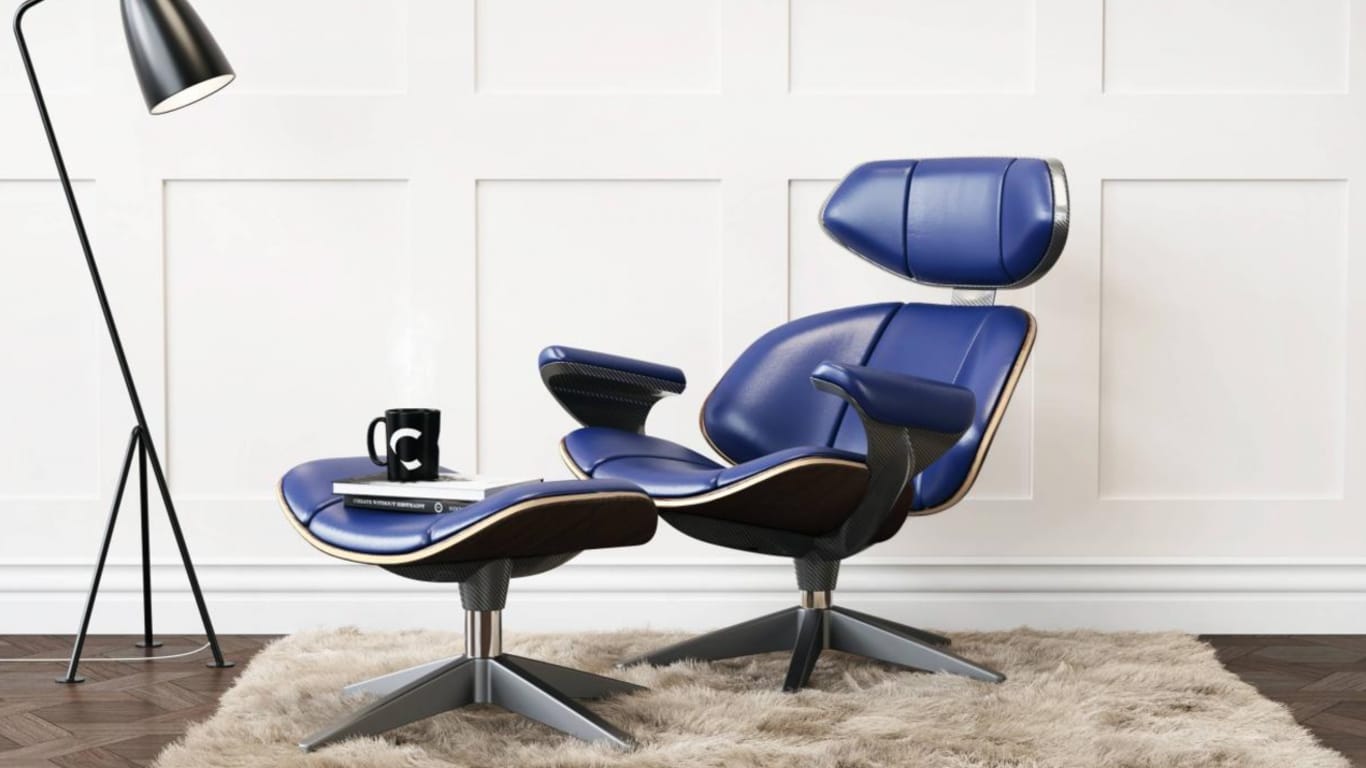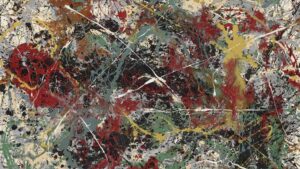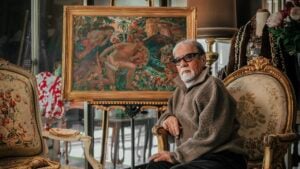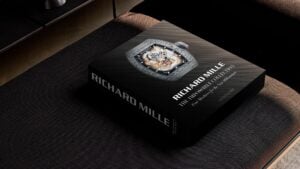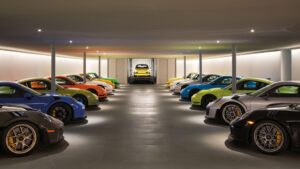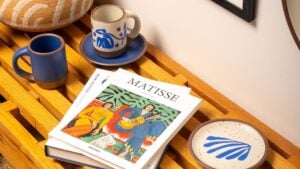British car designer Ian Callum has conceptualised a legendary body of work. Across over forty years in the game with stints at Ford, TWR, and Jaguar, his more notable creations include the Aston Martin DB7 (1993), Aston Martin Vanquish (2001) – as in the very first generation of the Vanquish – as well as the Jaguar E-Pace (2017). Navigating away from the automotive world, Ian Callum has now set his sights on the living room with a fresh interpretation of the Eames Lounge Chair.
As noted by Road & Track, the iconic piece of furniture hasn’t seen a whole lot of change since it was first introduced by Herman Miller back in 1956. Meaning theoretically, there’s very little room for improvement. But if anyone could find a way to revitalise a time-tested staple, it’d be the man behind the Vanquish.
“A chair doesn’t have to pass any kind of crash test, which is refreshing,” says Callum.
“I buy it and I sit in it. But this is about making our own rules. We’re very familiar with things like carbon structure and sustainable materials here, so creating the chair was an exercise in experimentation and curiosity.”
“Ultimately, we’ll do a series of three different models – it’s a way of getting the experience and working with new suppliers.”
RELATED: Ex-Apple Designer Creates World’s First ‘Triphonic’ Speaker
While Callum’s take of the Eames Lounge Chair retains a good deal of the original form factor, what you see above and below nixes the bulk, streamlines the overall design, as well as injecting a “contemporary automotive influence” (a consequence of his years within the industry / his known signature). Those lugging it around will also notice it’s a lot lighter than your regular Herman Miller Eames Lounge Chair given how plywood has been replaced by carbon fibre. The leather, on the other hand, has been sourced directly from the Scottish outfit Bridge of Weir.
Availabilities and pricing for the Ian Callum Eames Lounge Chair have yet to be announced, with future offerings pending consumer interest. Currently, these will only be one-off prototypes.
“If you physically build something and put it in front of people, it’s better than any number of images. We’re doing it to gauge the reaction.”

